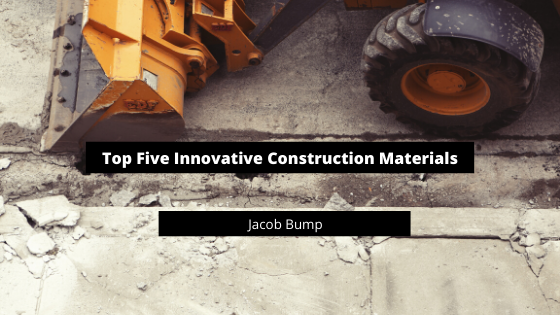For centuries, wood, stone, concrete and glass have been the mainstay of materials used in construction. However, there are new materials being developed that are designed to be more durable, cost-effective and reduce the need for energy to produce.
Man Made Coral Bricks
Traditional bricks deplete the soil and require an inordinate amount of energy to produce. But, the BioMason company in North Carolina found a way to create energy-efficient bricks that are similar to coral. The process begins by putting sand into molds. Bacteria are then injected into the sand. As the colonies grow, they envelope individual grains of sand. Nutrients encourage the colonies to grow. The combination of materials produces stone-hard calcium carbonate crystals that are as durable as bricks.
Programmable Cement
Although hard, cement becomes brittle under stress, which necessitates reinforcement with steel. However, the porosity of the material allows moisture to infiltrate and rust the metal. A group of scientists from Texas’ Rice University found a way to manipulate the molecules in cement to create cubed, diamond or spherical shapes that form tightly together. In this way, cement becomes harder while losing its porous capability.
Self-cooling Buildings
Many buildings during the summer or in arid climates require central air conditioning. However, the systems require an abundance of energy, which is also expensive. Recently, the IAAC architecture school, located in Barcelona, has developed a type of ceramic panel, which has the ability to cool interior temperatures by up to six degrees Celsius or 12 degrees Fahrenheit. The hydroceramic panels are constructed of a polymer hydrogel that absorbs up to 500 times its weight in moisture. The system functions by absorbing interior humidity, which evaporates and cools the air.
Bubbled Aluminum
The Canadian Cymat Technologies company has designed a material for cladding and flooring that is 100 percent recyclable, stronger, fire-resistant and soundproof. The creative process involves adding air to melted aluminum. The air and metal combine to create ceramic-like particles. As the materials settle, the finished product resembles boiled chocolate.
Pollution Reducing Bricks
Many large cities have industrial sites, personal and public transportation vehicles that create high levels of pollution. Cal Poly set out to reduce air pollution by developing the Breathe Brick. The bricks are designed to absorb up to 30 percent of airborne contaminants. They, in turn, release clean, filtered air.
